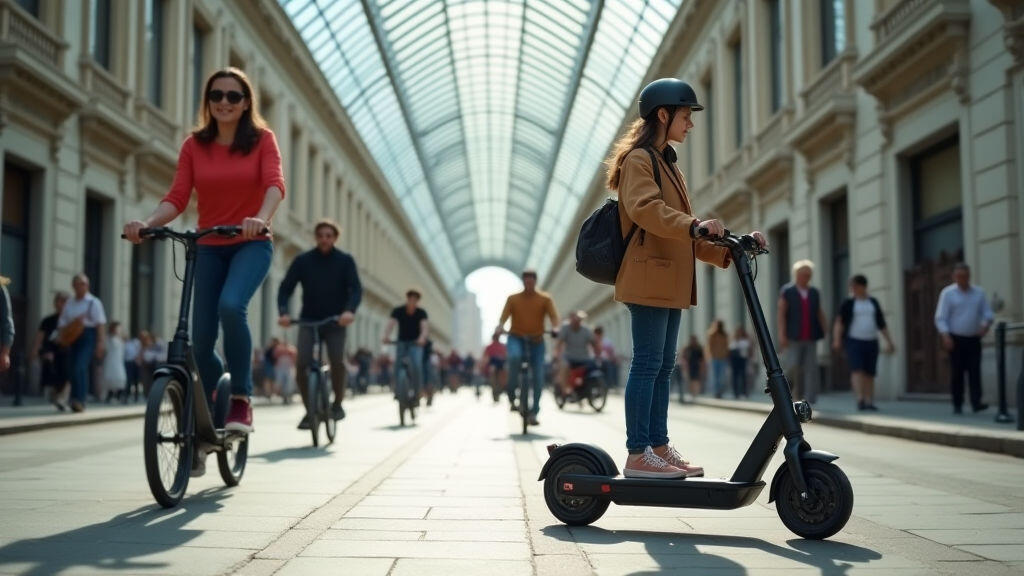Anjing Road, Xiaolan, Zhongshan, Guangdong, China
info@mes-drive.com
08.00 AM-09.00 PM

When the UK Parliament announced last month its 2025 “Green Grid” investment plan—promising £5 billion to expand renewable power and electric‑vehicle (EV) charging across the country—media coverage ran at a fevered pace. Headlines streamed across Twitter, BBC News and Bloomberg, all highlighting the rapid rise of empty streets, the blazar‑like glow of new charging bays, and a future where electric scooters and cars roll on clean energy. Behind every e‑bike wheel, every new charging point and every gust‑powered turbine is a tiny but mighty component: the gear motor, also known as a reducer motor. While often invisible to the public eye, this compact device is a silent workhorse driving the global transition.

At first glance, a gear motor looks like a simple mechanical part—a motor that turns a gear. But think of it as the gearbox of an electric machine, converting the direct output of an electric motor into the precise mechanical action needed for everyday devices. In a scooter, it turns the raw torque from the motor into the rotation of the wheel, while in a wind turbine it drives the massive blades across the sky. Because these motors must be reliable, energy‑efficient, and durable, they are central to the performance of any electric system.
Europe’s city‑wide e‑bike sharing schemes—everywhere from Berlin’s Spike Bike to London’s “Boris Bike”—have exploded during the past two years. The influx of sharing fleets is forced by the governments’ job‑creation goals, carbon‑reduction targets and pressure from health‑savvy commuters. But they’re not just expanding in number; new models now boast higher battery capacities, faster acceleration and longer ranges. This change has increased the load on gear motors, which must handle a wider torque range and last through thousands of daily rides.
Manufacturers answer by engineering lighter, higher‑ratio gear motors that can transmit more power while consuming less electricity. The result is a higher “efficiency factor”—the percentage of applied power that actually converts into wheel motion—often exceeding 90 %. In turn, cities see savings on maintenance costs, fewer battery replacements and a smoother rider experience. In retail videos, M‑brand e‑bikes boast a 25 % increase in range per charge, attributing that gain partly to the newer, faster gear motor design.
The 2025 Green Grid also rolls out a nation‑wide network of public charging stations, many of them express chargers offering 200‑kW fast charging. These stations rely on power electronics that, in series, use gear motors to lock rotating electrical contacts — a clever way to merge high voltage and mechanical safety. Though the majority of the public are unaware, the gear motor directly influences charging speed and longevity. A higher ratio motor offers a tighter grip on connectors, reducing wear during rapid charge cycles and thereby extending the lifespan of critical components.
Beyond urban transport, the same gear motor technology propels large‑scale clean energy projects. Modern wind turbines, advancing from 3 MW to 6 MW per unit, depend on gear motors to convert the rotor’s low‑speed, high‑torque output into the high‑speed motion needed to drive generators. The gear ratio—often 1:200—must be precise to avoid vibration and ensure blade stability. Likewise, solar tracking systems use smaller gear motors to tilt panels toward the sun, maximizing energy capture and cutting electricity bills by up to 30 %.
Technology companies are investigating new materials like titanium‑cobalt alloys to reduce gear wear, meaning turbines might now operate 5 % more efficiently over a 20‑year lifespan. With the Green Grid plan investing in offshore wind farms, these improvements translate into tangible passenger bus seats saved from carbon emissions—because more efficient turbines produce the electricity that powers electric buses, air‑conditioners, and the batteries that charge them.
Commercial orders for gear motors have surged by 15 % annually in the past three years, a trend that appears set to accelerate. Sourcing firms report a shift toward smaller, modular gear systems that can be dropped into newly designed EV chassis, reducing manufacturing lead times. Smaller gear motors also mean lighter electric vehicles, which directly improves the on‑board efficiency—less weight means less energy to propel the same distance.
Beyond applications, the global gear motor ecosystem is maturing. Supply chains are becoming increasingly resilient, with regional clusters of manufacturers in East Asia, Europe and the United States. These clusters provide rapid, responsive replacement parts—a necessity when thousands of shared e‑bikes experience wear in a single city. In 2025, the average turnaround for a gear motor replacement ticket during rush hour was under two hours, a mark previously unheard of in the industry.
As governments race to meet Paris‑Agreement goals and corporate sustainability audits become harder to sidestep, the demand for efficient, long‑lasting gear motors will only grow. Innovations such as magnetically‑levitated gear wheels—eliminating mechanical contact—are in extensive laboratories. If proven, such designs could lower maintenance costs of electric fleets by 20 % and extend turbine rotor lifespans by decades.
The emerging trend of “smart” gear motors—integrated with IoT sensors that report temperature, torque and wear in real time—can help operators detect impending failures before they occur. In the city of Hamburg, a pilot program equipped 500 e‑bikes with predictive‑maintenance gear motors, cutting downtime by 30 % and boosting rider availability significantly.
The 2025 Green Grid and the widespread adoption of electric mobility and renewable energy systems are pushing the gear motor into the spotlight. These small yet powerful devices now sit at the intersection of everyday transport, large‑scale energy generation and the global push for sustainability. By ensuring smooth power transmission, reliability and efficiency, gear motors help turn electric dreams into real, tangible progress.
In a world where the average person spends more time traveling than commuting, the humble gear motor silently works to ensure that the vehicles we ride and the turbines we rely on perform better, last longer and, most importantly, help us move toward a cleaner, greener future.
Leave A Reply
Your email address will not be published. Required fiels are marked